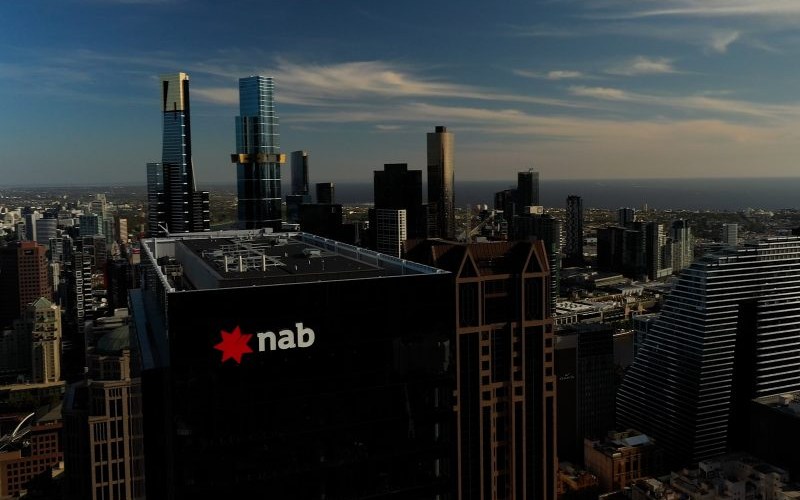NAB is now expecting the cash rate of 4.35% to remain unchanged at next month’s Reserve Bank of Australia (RBA) meeting.
NAB economists say the current rate will be the peak and they expect it to remain unchanged until late 2024.
The bank had previously forecast the RBA to raise the cash rate to 4.6% in February as further insurance that inflation would fall to its target band over the next two years.
NAB was the last of Australia’s big four banking majors to hold that line with its competitors all foreshadowing the RBA would keep the cash rate on hold at its first meeting for 2024, scheduled over two days on 5-6 February.
Today, NAB explained it had revised its position given the RBA had been reluctant to move higher and last quarter’s Consumer Price Index figures providing “some breathing room”.
However economists at the big four bank previously said a lot hinges on December quarter CPI figures to be released 31 January.
Have we seen the end of high inflation?
NAB says it’s still possible inflation will accelerate in the first quarter of 2024 with the impact of rent subsidies dropping out.
However, the bank believes there are increasing signs that goods disinflation (prices rising but at a slower pace) will happen more quickly than expected.
It expects this will offset services inflation which it says still remains strong but appears to have peaked.
Services inflation stubborn
NAB says it still has concerns about services sector inflation given its susceptibility to labour costs.
The bank believes wages growth is “at the cusp of comfort” for the RBA.
However, it believes minimum wage increases in recent years won’t continue in a lower inflation environment.
NAB expects wages growth to slow as pressure eases in the labour market.
Consumer demand easing
NAB also says consumer demand, which grew strongly through 2022 and 2023, “has now clearly slowed”.
The bank attributes the demand-driven cost pressures of recent years to stronger wages growth, population increases, and savings buffers built up during the pandemic.
The impact of each of these factors appears to be fading, according to NAB.
What’s ahead for the economy?
NAB says the impact of higher interest rates is becoming clear in the data and even if they’re kept on hold, will continue to slow demand growth.
Like the other big banks, NAB doesn’t expect there will be any easing in interest rates during the first half of 2024.
It forecasts below-trend growth in Gross Domestic Product at around 1.4% during 2024, rising to at-trend growth of around 2.25% in 2025.
NAB also expects the unemployment rate to rise gradually, reaching 4.5% by the end of 2025. It is currently at 3.9%, seasonally adjusted.
In 2024 the RBA monetary policy meetings will occur eight times a year instead of 11; this will give board members more time to assess the impacts of previous rate announcements and economic data.
Image supplied by National Australia Bank.



 Harrison Astbury
Harrison Astbury
 Denise Raward
Denise Raward

 William Jolly
William Jolly
 Rachel Horan
Rachel Horan

